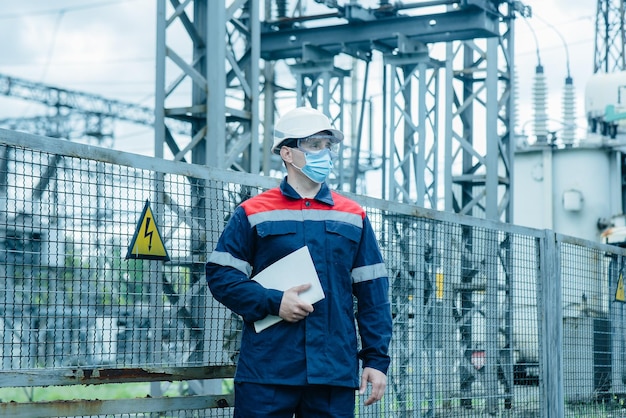To determine the efficiency and losses of a given transformer accurately under full load condition.
| S.no | Name | Range | Type | Quantity |
| 1 | Voltmeter | (0-300)V/(0-300)V/(0-600)V | MI | 1nos/1nos/1nos |
| 2 | Ammeter | (0-2)A/(0-20)A | MI | 1nos/1nos |
| 3 | Wattmeter | (0-150)V LPF/(0-2.5)A | Dynamo type | 1 no |
| 4 | Wattmeter | (0-150)V UPF/(0-10)A | Dynamo type | 1nos |
| 5 | Connecting Wires | (0-20)A | *********** | Required |
Transformer Specifications:
Two identical 1- ɸ Transformers
Transformer Rating :(in KVA) ____________
Winding Details:
LV (in Volts): ________________________
LV side current:______________________
HV (in Volts): ________________________
HV side Current:______________________
Type(Shell/Core):______________________
1 - ɸ Auto transformer Specifications:
Input Voltage (in Volts):_________________
Output Voltage (in Volts): _______________
frequency (in Hz):____________________
Current rating (in Amp):_____________
Circuit Diagram:
Open circuit test:
Observation:
| S No. | Voltmeter reading V1 | Voltmeter Reading V2 | Ammeter reading I1 | Ammeter reading I2 | Wattme ter Reading W1 | Wattme ter Readin g W2 | Transfor mer Losses = (W1+W2)/2 | ɳ = op/(op+loss) |
| 1 | 115 | 34.36 | 1.2 | 8.6 | 28 | 100 | 128 | 68.98 |
Model Calculations:
Losses in each transformer=(Wi+Wc)/2
% η of each transformer = (VI1)/( VI1 +Wi/2+W1/2)*100

Precautions:
Result:Efficiency of given Two transformers are found using Sumpner’s test.
Precautions:







Get all latest content delivered to your email a few times a month.